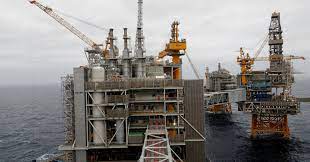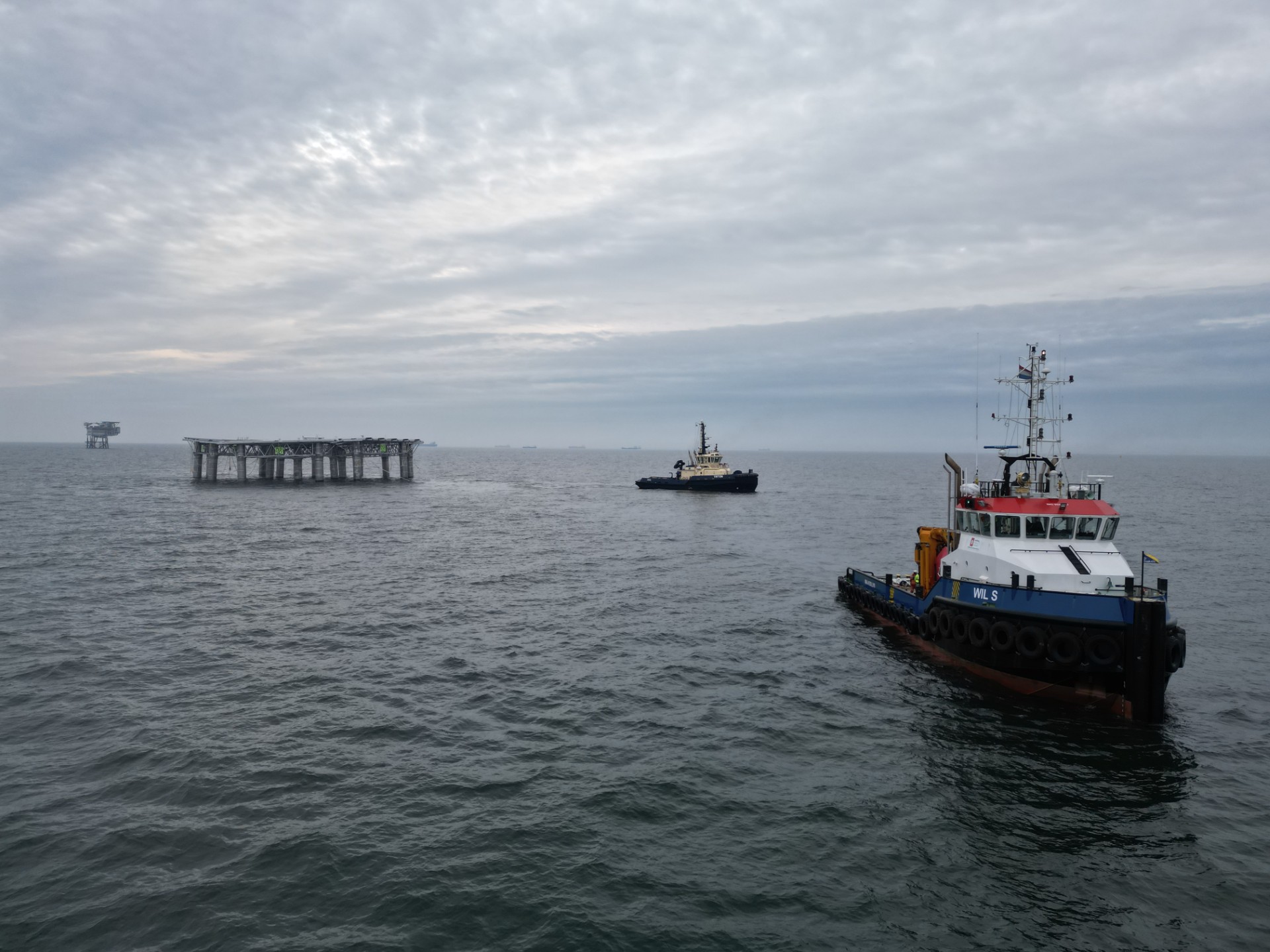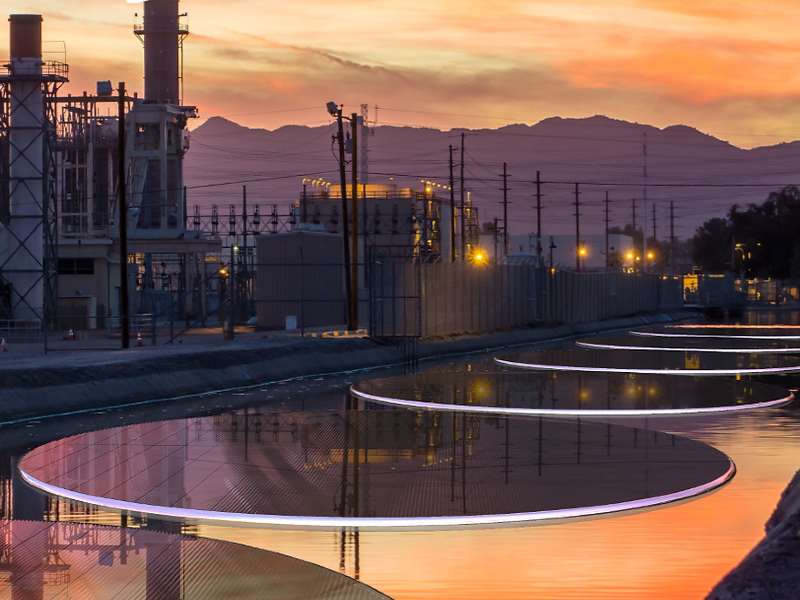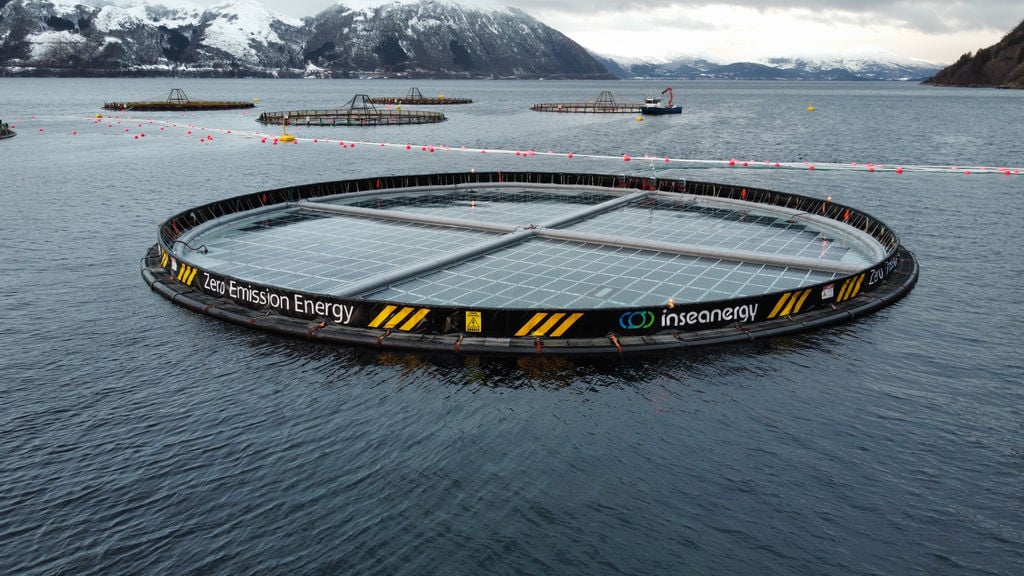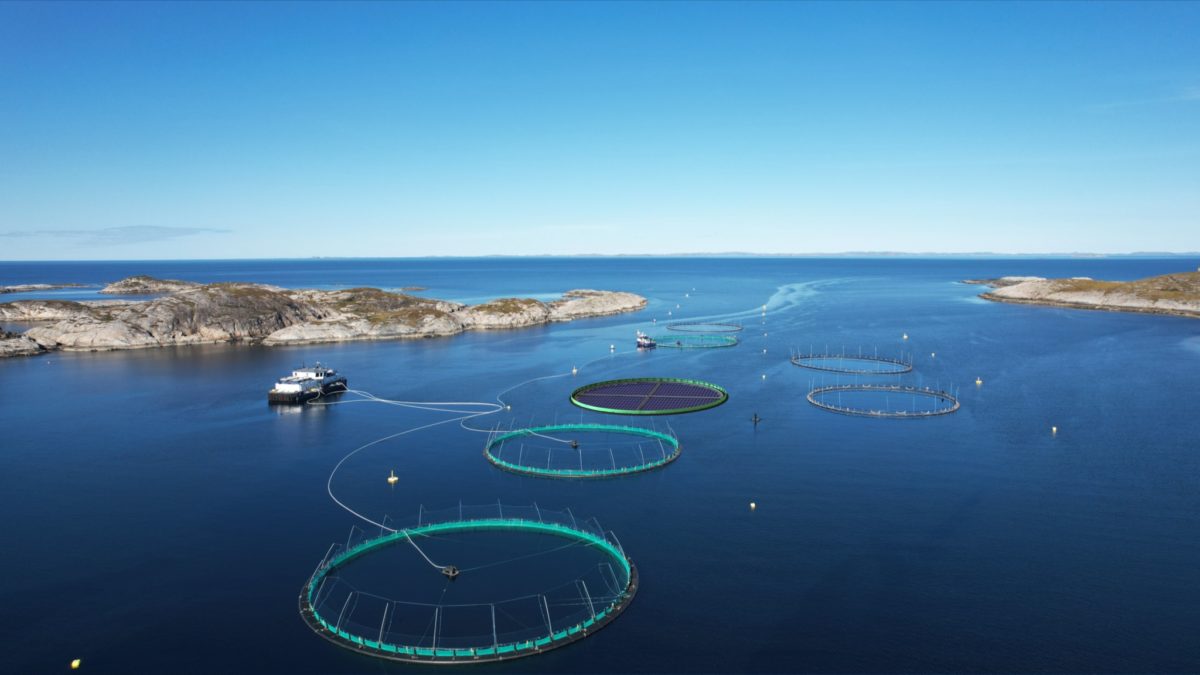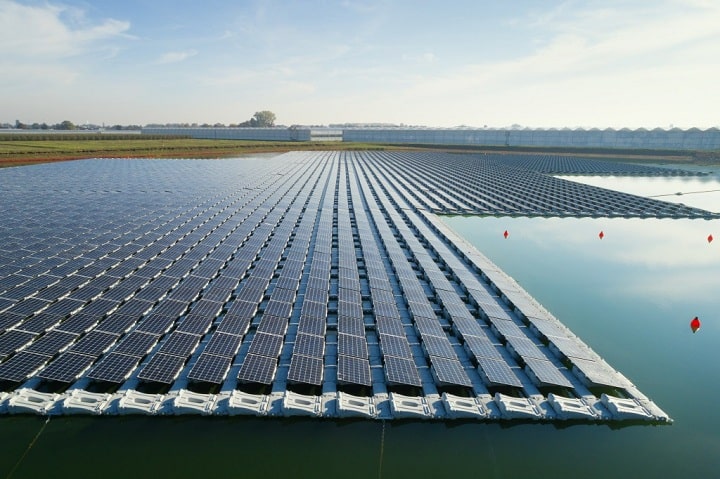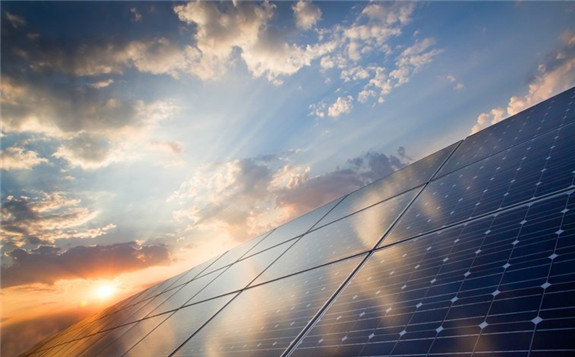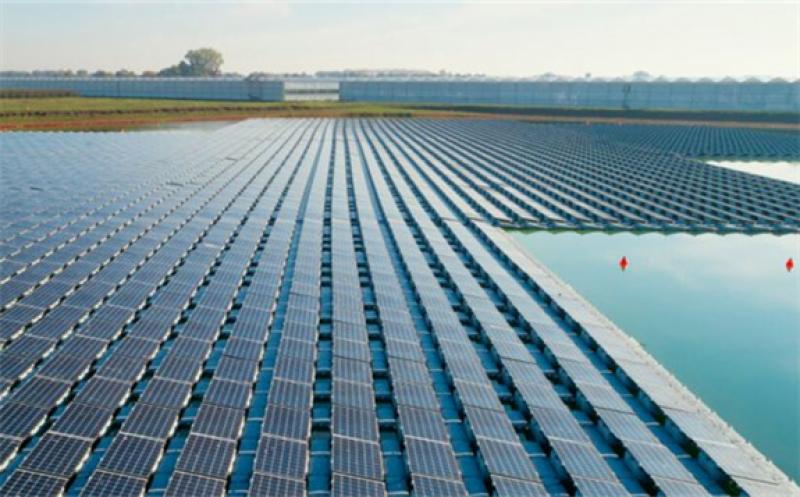The global offshore drilling riser market was estimated to reach a valuation of USD 3.8 Billion in the year 2022. With a steady CAGR of 2.2% from 2023 to 2033, this market is expected to reach USD 4.1 Billion by 2023 and USD 4.9 Billion by 2033.
Two main drivers in this market are responsible for accelerating its growth in the past few years. The increasing number of offshore projects along with the rising production of shale gas globally will garner the requirement for offshore drilling risers. At the same, the extraction of crude oil has driven extensive investments in offshore production and exploration activities globally. A significant surge in the investments for multiple offshore projects has been prominent for the last five years and hence propelling the global demand for offshore drilling risers. With prices for crude oil beginning to stabilize, offshore activity within the North Sea area has seen a major uptick, which is anticipated to fuel the market for offshore drilling risers over the upcoming years.
Following a decline in the market in 2020, there was a comeback in 2021 as several deepwater as well as ultradeep water projects were completed. For instance, Shell PLC declared a deepwater discovery in a region near the Gulf of Mexico in December 2021. The Blacktip North prospect, which is part of the OCS block and Alaminos Canyon 336, is where the firm discovered oil. At various depths, the well encountered around 300 feet of net oil pay. The reservoir was drilled down 27,770 feet in total, according to measurements. Additional efforts are being made, which will probably lead to more investment in the area. Also, the Merbah Deep-1, as well as Jagus Subthrust-1 wells, were the first ones to be drilled in the deepwater offshore of Brunei in March 2021 by Shell Exploration and Production Brunei and Shell Petroleum Brunei. One of the ways the Bruneian government plans to use to boost oil and gas output to 350,000 BOE/D by 2025 is through deepwater drilling. To reverse its trend of diminishing oil output since 2006, it will likely award more licenses for deepwater drilling.
Furthermore, several oil and gas discovery and production firms have been able to increase their portfolios of viable deepwater projects thanks to recent patterns of cost reductions and significant technological advancements. Therefore, the deepwater as well as the ultra-deepwater segment is anticipated to have considerable expansion throughout the projected period due to rising deepwater operations and technological advancements.
Region-wise, the Middle East and Africa are thought to be the most lucrative region for this market. Large offshore oil and gas deposits are present in several Middle Eastern and African nations. The South Pars Gas Complex present in the Persian Gulf, which is the biggest gas field in the world, as well as recent developments of oil and gas deposits in the eastern Mediterranean Sea are anticipated to support the market's expansion. For instance, Shell PLC stated in January 2022 that a large oil and gas discovery had been made in a Namibian offshore well. Resources estimated to be worth 250-300 million BPD of oil and gas equivalent have been discovered since the Graff-1 well drilling began in December 2021. The region, which has been essentially inert for the past 25 years, is anticipated to see a big increase in foreign investment as a result of the Graff-1.
The biggest deepwater reserves of crude oil remain in Nigeria, which is first among the ten nations. The bulk of reserves are located offshore in the Gulf of Guinea, the Bight of Benin and the Bight of Bonny as well as in the Niger River Delta throughout the nation. Although little onshore exploration is taking place, the current emphasis of exploration efforts is mostly on the deep as well as ultra-deep offshore. Therefore, it is anticipated that the number of off-shore drilling risers in the region would increase throughout the projection period due to upcoming offshore E&P operations, particularly from the West African region.
Offshore Drilling Riser: Market Overview
Offshore drilling riser is a large diameter pipe, which acts as a conduit between the subsea blowout preventer (BOP) stack and the drilling facilities, like rig platform, or submersible rig, located above the seafloor. An offshore drilling riser is often considered as a temporary extension of the wellbore to the surface.
Offshore drilling riser transmits the drilling mud from the well to the rig facility and ensure the drilling fluids do not leak onto the seafloor.Offshore drilling risers, also acts as medium to guide downhole tools like drill string and other drilling tools, allow flow of drilling chemicals, and to carry BOP during run-in or retrieval.
They are also used to run kill and choke lines for BOP, through the outside of riser, along with a number of other axillary lines. Offshore drilling risers can weigh up to 30 tons with a length of 75 ft and range up to 20 inches in outside diameter.
Offshore drilling risers are usually categorized into two different types, marine drilling riser and tie-back drilling riser. Marine drilling risers are deployed from floating drilling vessels and are used with subsea BOP, while the tie-back drilling riser is deployed from fixed drilling platforms with surface BOP.
The operation and design of marine drilling risers are complex and hence incur heavy costs and design analysis, while a tie-back drilling riser is a simplified form of marine drilling riser. The type of offshore drilling riser is chosen based on the complexity of subsea installation systems and water depth.
Offshore Drilling Riser: Market Dynamics
Recovering crude oil prices have been driving investments in offshore exploration and production (E&P) activities around the world. A significant uptick in the number of final investment decision for a number of offshore projects has been prominent over the past couple of years, which has been driving the contracts for offshore drilling risers.
Emergence of integrated service providers, who provide both design engineering and installation services has been a prominent trend, as they help reduce the overall cost of the project to E&P operators.
Unstable crude oil prices and widening growing crude oil supply-demand gap are anticipated to hamper the growth prospects of the offshore drilling riser market in the foreseeable future.
Offshore Drilling Riser Market: Regional Outlook
Advancements in shale gas production, and the growing number of offshore projects in the Gulf of Mexico is anticipated to position North America as the global leader in the offshore drilling riser market.
With the crude oil prices stabilizing, offshore activity in the North Sea region has been witnessing a significant surge, which is expected to drive the demand for offshore drilling riser market in the UK and Norway regions.
Growing number of offshore discoveries in Iran, Nigeria, South Africa, Egypt, Guyana, and Mozambique are expected to create significant growth opportunities for offshore drilling riser manufacturers in the Middle East & Africa region.
Although Latin America is plagues with political and economic instability, the presence of a large number of undeveloped offshore fields is expected to drive the demand for offshore drilling risers in countries like Argentina, Brazil, Mexico and Venezuela.
In Asia Pacific region, China and ASEAN countries are actively exploring offshore projects in the South China Sea region, and hence the region is anticipated to create a robust growth in demand for offshore drilling risers in the coming years.
Offshore Drilling Riser Market: Market Participants
Some of the key market participants identified in the Offshore Drilling Riser market across the globe are:
· Tenaris
· Schlumberger Limited
· Aker Solutions
· Parker Hannifin Corp
· Dril-Quip, Inc.
· Baker Hughes, a GE Company LLC
· Claxton Engineering
· SUBSEA 7
· Weatherford
· TechnipFMC plc
